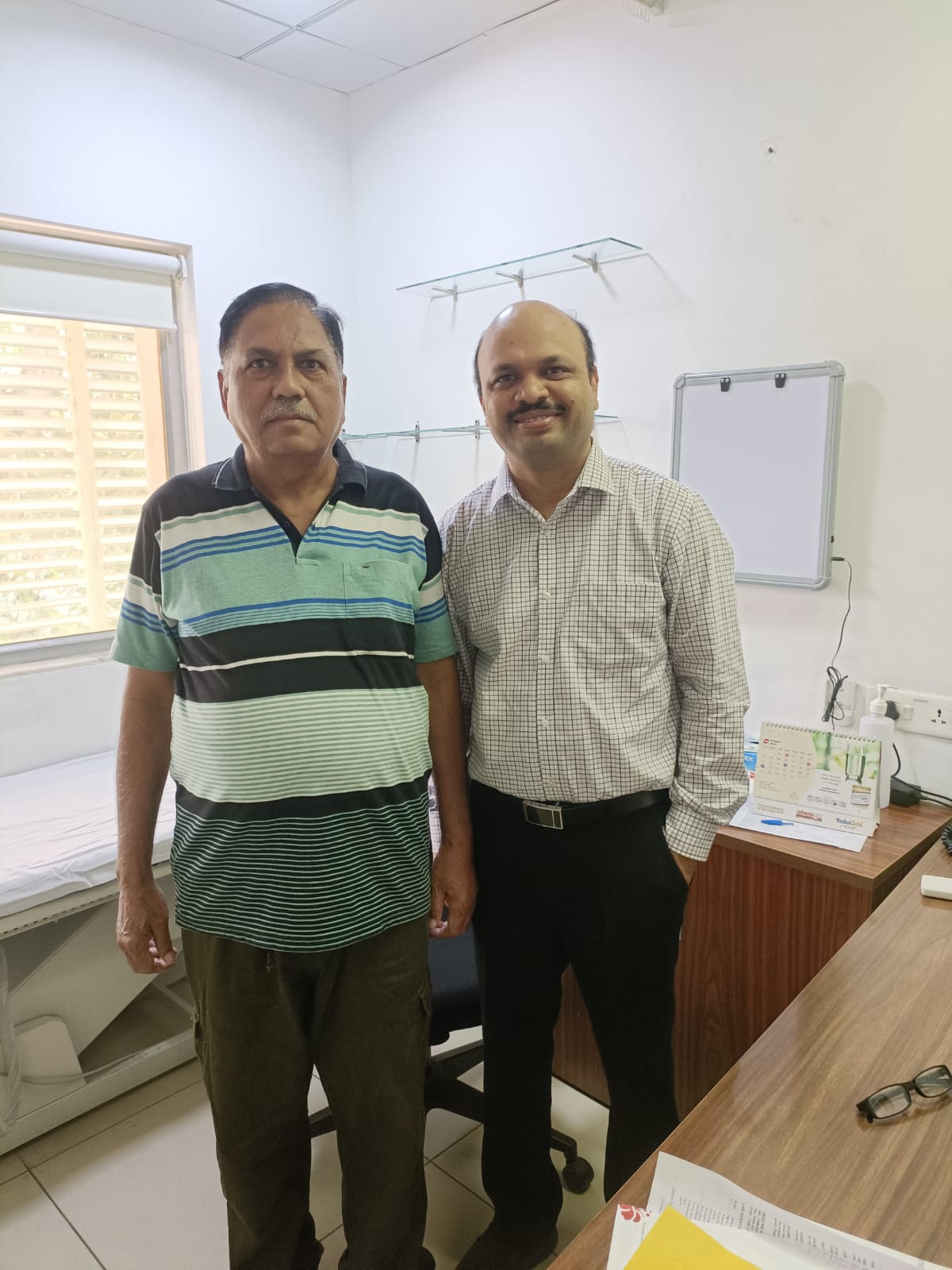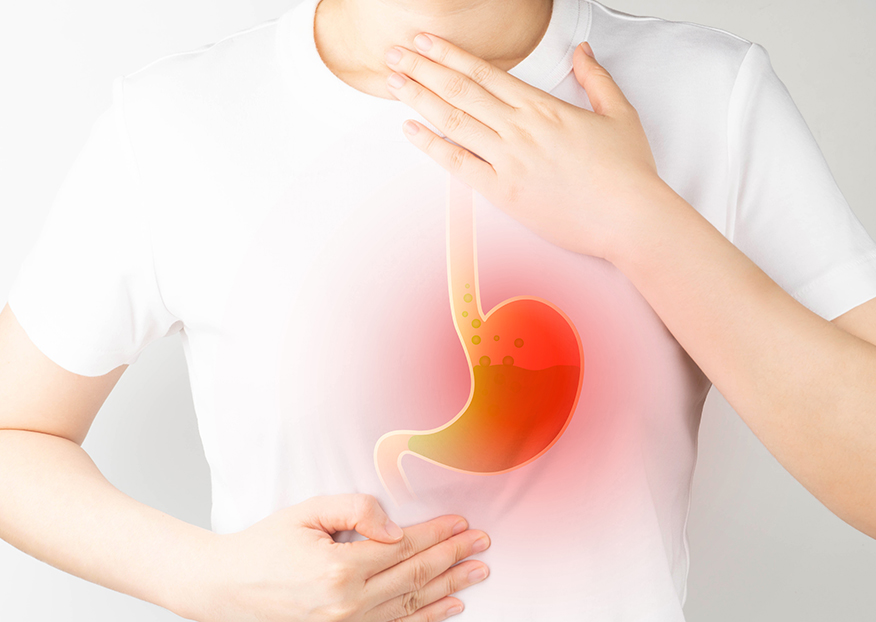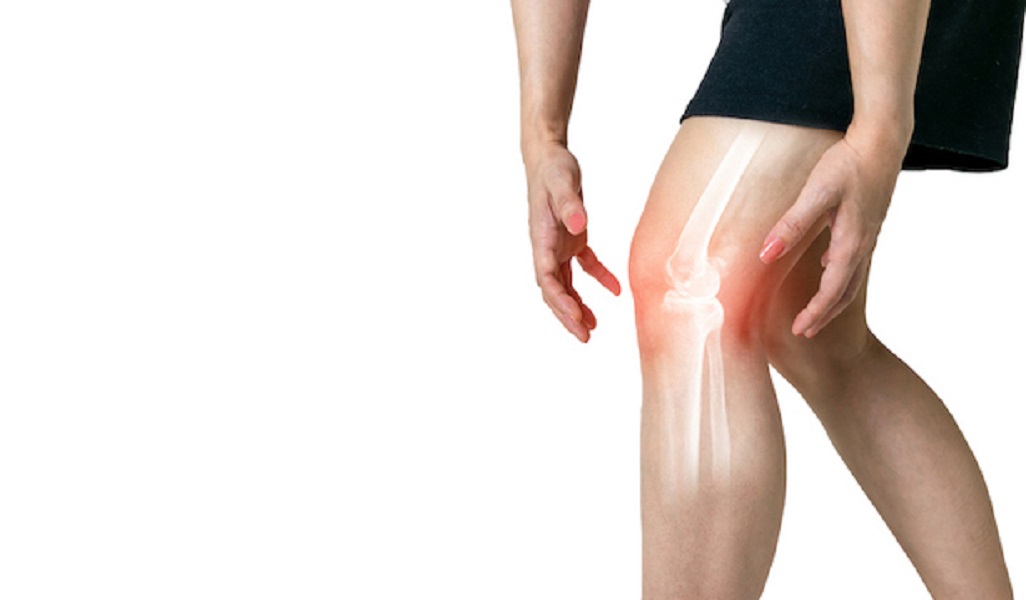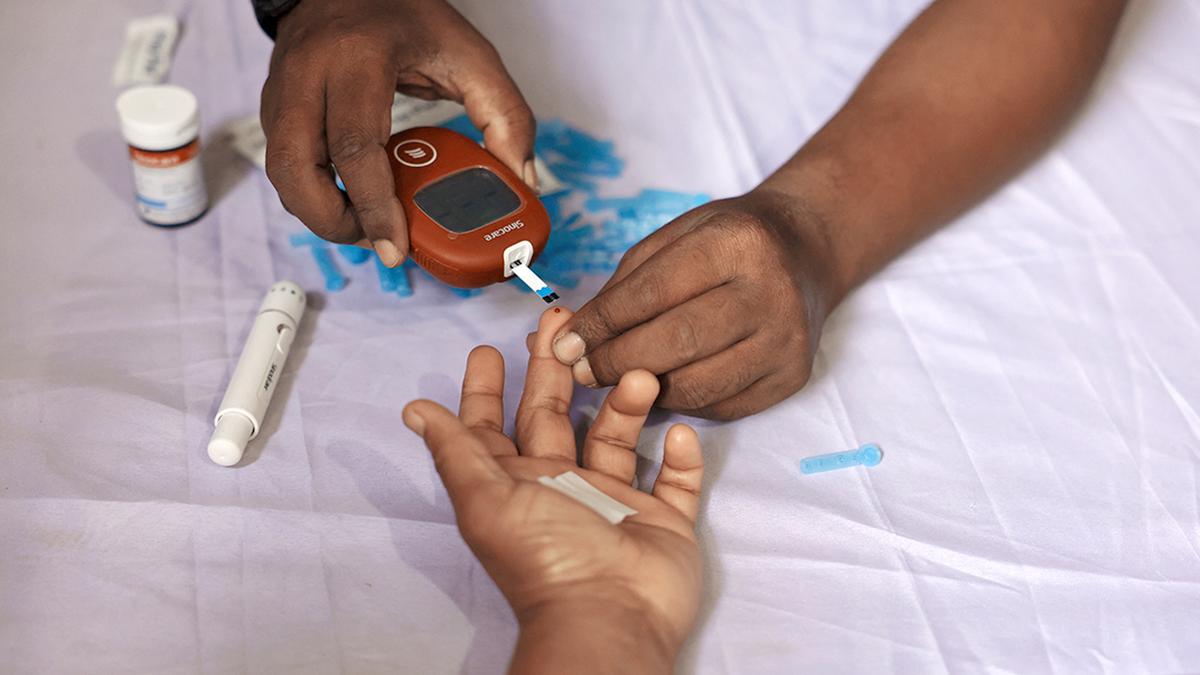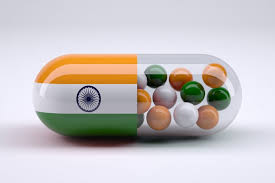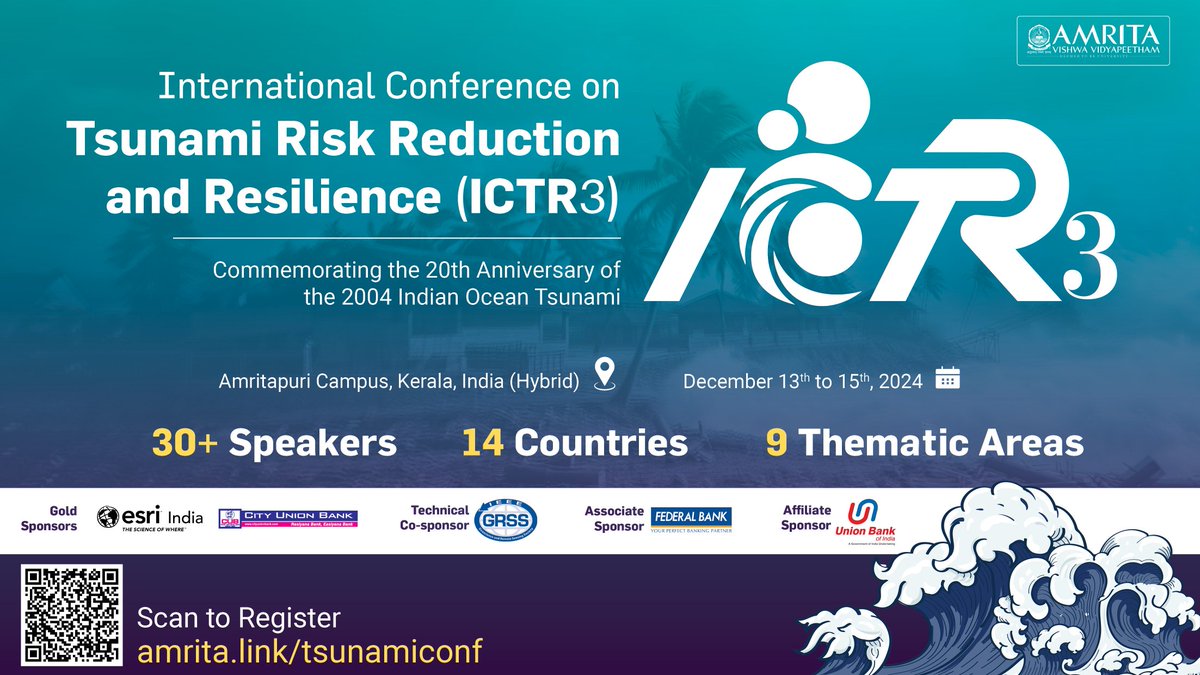Japan is currently experiencing a record-breaking rise in cases of Streptococcal Toxic Shock Syndrome (STSS). By June 2, 2024, the fatal disease had affected 977 people, according to Japan’s public broadcaster NHK, quoting the National Institute of Infectious Diseases. This figure represents a 2.8-fold increase from the same period last year and surpasses the 941 cases reported in 2023.
Understanding STSS: STSS is a rare but severe bacterial infection that occurs when bacteria enter the bloodstream and infect deep tissues. The common symptoms of STSS include fever, muscle pain, and vomiting. If not treated promptly, the condition can become life-threatening, causing low blood pressure, swelling, and multiple organ failure as the body goes into shock. The mortality rate of STSS is alarmingly high, with up to 30% of cases resulting in death. Between January and March 2024, the disease claimed the lives of 77 people, while the total death toll for 2023 was 97.
According to the Centers for Disease Control and Prevention (CDC), even with treatment, STSS remains deadly, with three out of ten people succumbing to the infection. The disease is caused by Group A Streptococcal (GAS) bacteria, which typically affect the immune system, causing fever and throat infections in children. However, these bacteria can become invasive by producing toxins that enable them to enter the bloodstream, leading to toxic shock. GAS bacteria can also cause necrotizing fasciitis, a flesh-eating disease that may result in limb loss.
The Spread of STSS in Japan: The exact reasons behind the sudden surge in STSS cases in Japan are not entirely clear. Experts are still investigating how the bacteria are entering the bodies of patients in nearly 50% of the reported cases. Professor Kikuchi from Tokyo Women's Medical University suggested that STSS bacteria usually enter through wounds or small cuts, but in many cases, the exact cause of infection remains undetected.
In March, Japanese authorities warned of a surge in STSS cases, noting an increase in infections caused by invasive group A streptococcal bacteria since July 2023, particularly among those under 50 years of age. The CDC has also highlighted that older individuals with open wounds, as well as patients who have recently undergone surgery, are at a higher risk of contracting the disease.
Possible Connection to COVID-19: The rise in STSS cases might be linked to the COVID-19 pandemic. During the pandemic, preventive measures such as masking and social distancing helped curb the spread of various infections, including IGAS (Invasive Group A Streptococcus) infections. However, after these measures were lifted, many countries, including Japan, saw a rise in such cases. In December 2022, five European countries reported an increase in IGAS cases in children under the age of 10 to the World Health Organization (WHO).
Professor Kikuchi Ken noted that the COVID-19 pandemic might have left more people susceptible to infections due to lowered immunity. "We can boost immunity if we are constantly exposed to bacteria. But that mechanism was absent during the coronavirus pandemic. So, more people are now susceptible to infection, and that may be one reason for the sharp rise in cases," he explained.
Addressing the STSS Outbreak: To tackle the rising number of STSS cases, it is crucial to increase public awareness about the disease and its symptoms. Early detection and prompt treatment can significantly improve outcomes for those infected. Healthcare providers must be vigilant and consider STSS in patients presenting with fever, muscle pain, vomiting, and other related symptoms.
Improving hygiene practices, especially for those with open wounds or recent surgical procedures, can help reduce the risk of infection. Regular handwashing and proper wound care are essential preventive measures. Additionally, individuals should seek immediate medical attention if they experience symptoms suggestive of STSS.
Research is ongoing to better understand the mechanisms behind STSS and develop effective treatments. Scientists are exploring the role of GAS bacteria in causing toxic shock and necrotizing fasciitis. Understanding these processes may lead to the development of new therapeutic strategies to combat these severe infections.
The unprecedented rise in STSS cases in Japan is a serious public health concern. With a high mortality rate and the potential for severe complications, it is essential to address this outbreak promptly. Increased awareness, early detection, and proper medical care are key to managing and reducing the impact of STSS. Ongoing research and preventive measures will play a crucial role in combating this deadly disease and protecting public health.
.jpg)
 The unprecedented rise in STSS cases in Japan is a serious public health concern. With a high mortality rate and the potential for severe complications, it is essential to address this outbreak promptly.
The unprecedented rise in STSS cases in Japan is a serious public health concern. With a high mortality rate and the potential for severe complications, it is essential to address this outbreak promptly.









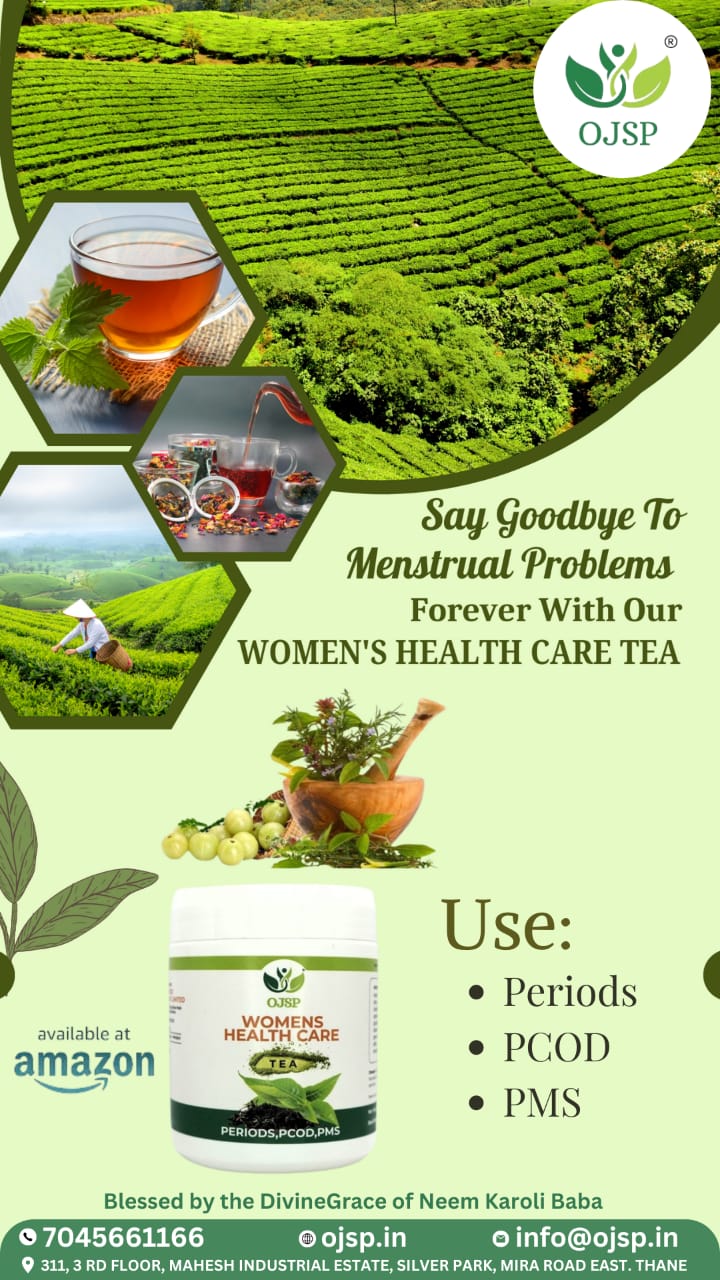
.jpeg)
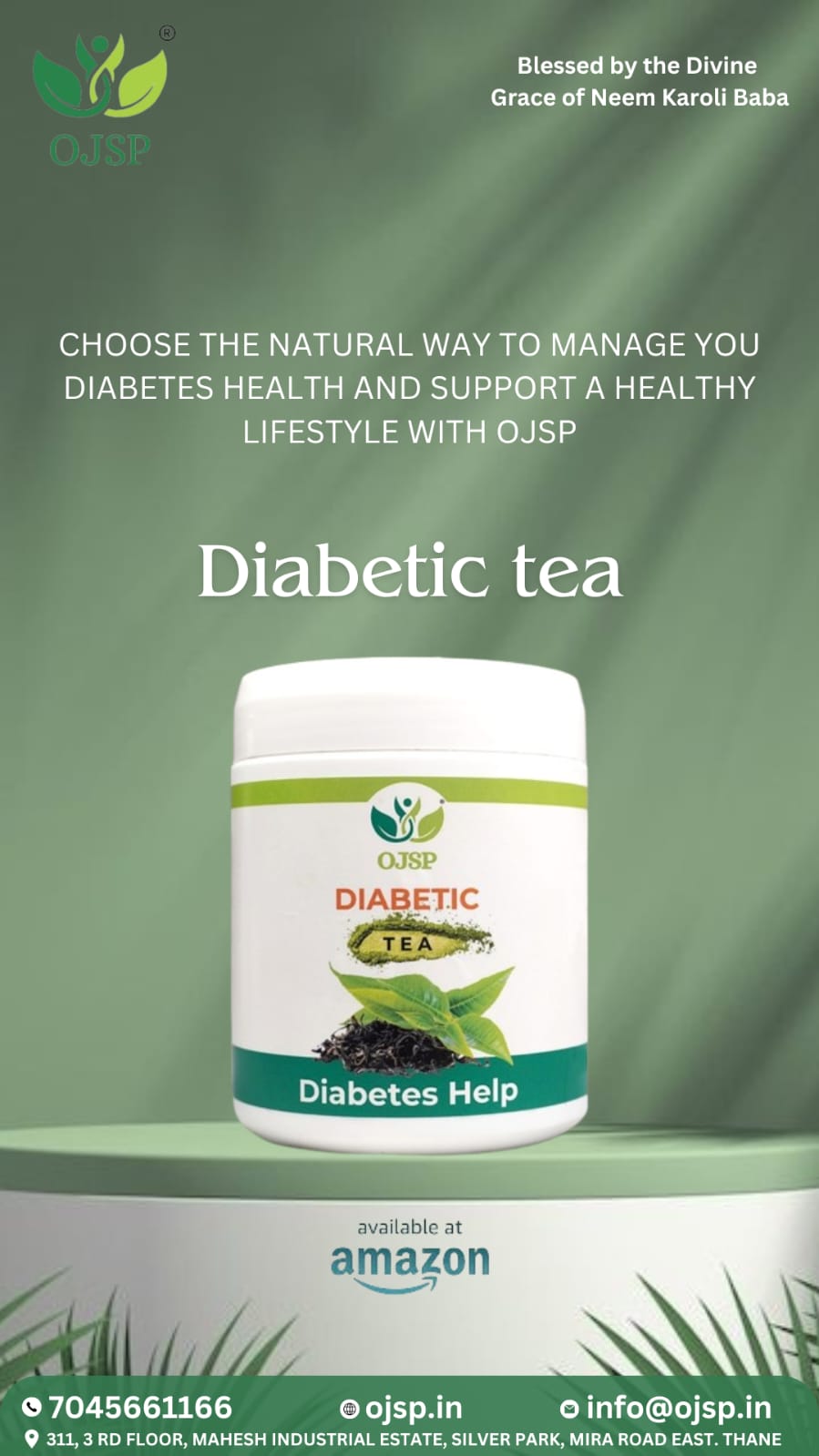
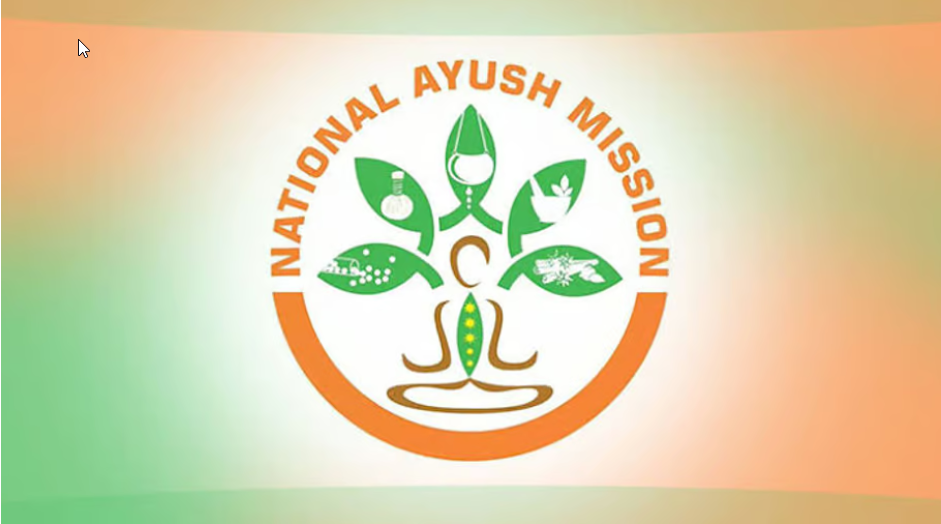
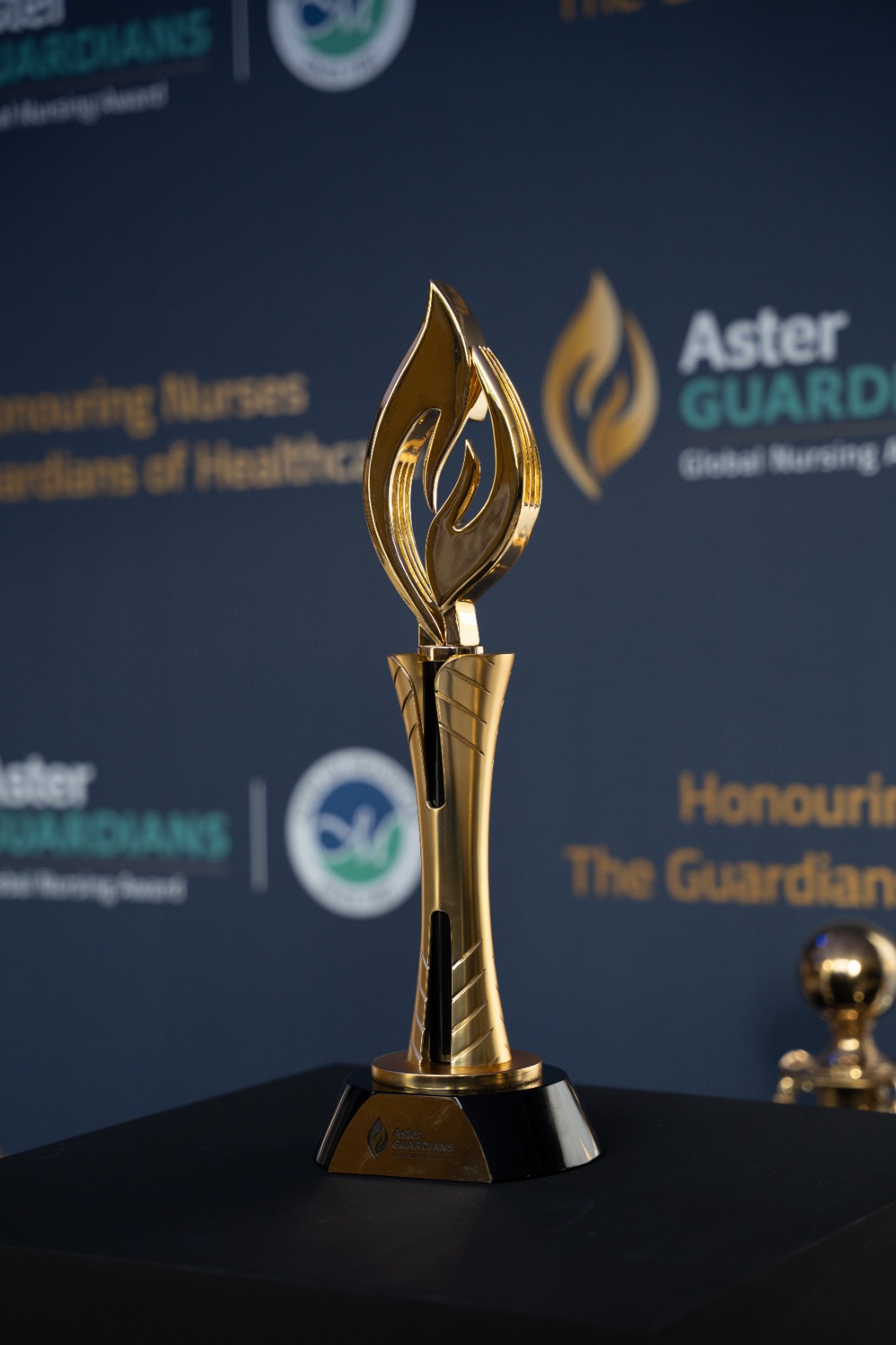

.jpeg)

.jpg)

